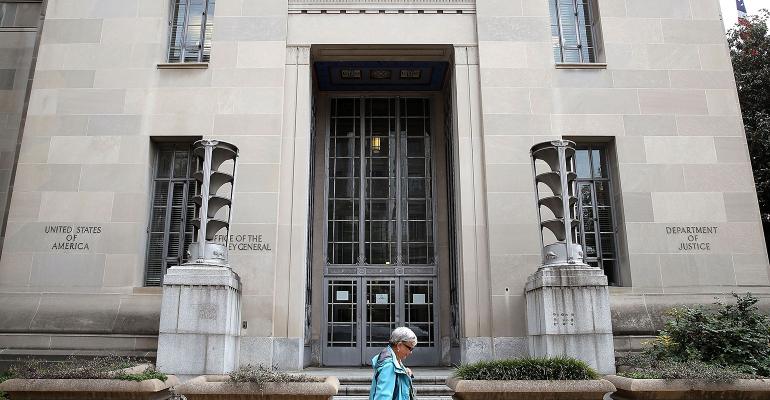The U.S. Labor Department moved forward Thursday with its appeal of a federal injunction that has frozen the enactment of new overtime rules that were scheduled to go into effect on Dec. 1.
In a brief filed in the U.S. Court of Appeals for the Fifth Circuit, Justice Department attorneys on behalf of the Labor Department argued that a federal court judge in Texas erred in agreeing to a temporary injunction in late November, putting new overtime rules on hold just weeks before the implementation deadline. The move left employers in limbo after many had spent months preparing for the rules shift.
However, the outlook for the Obama administration’s appeal of the injunction looks increasingly bleak.
Earlier this month, the Appeals Court agreed to fast-track the appeal of the preliminary injunction, according to The National Law Review.
But even with the expedited appeal, the case is expected to carry on through the change in Presidential administration in January. President-elect Donald Trump has nominated as Labor Secretary Andy Puzder, the CEO of the parent to the Carl’s Jr. and Hardee’s brands, and a vocal critic of the overtime rules change.
Fearing the Trump administration would drop the appeal, the Texas AFL-CIO has attempted to join the effort to lift the injunction, with the hope of carrying on under the new administration.
The dispute stems from a lawsuit filed by 21 states and a coalition of business groups challenging a change to the rules that would have made workers earning up to $47,476 per year eligible for overtime pay, doubling the threshold from the previous salary of $23,660.
In approving the injunction in Texas last month, District Court Judge Amos Mazzant agreed with the plaintiffs that the Labor Department may have overstepped its authority in setting both a salary threshold and automatic increases to that threshold every three years.
In the brief Thursday, the Justice Department defended the reliance on salary as the “best single test” of overtime eligibility, in addition to duties, arguing that both have been the basis of determining exemption since the Fair Labor Standards Act, or FLSA, was enacted more than 75 years ago.
“The injunction rests on an error of law and should be reversed,” the brief said. “The district court did not offer any persuasive basis to overturn the approach that has been used for the past 75 years by the agency charged with implementing the FLSA.”
Since 1938, the Labor Department has increased the salary minimum seven times, most recently in 2004, to the current rate of $455 per week, which at the time tripled the rate of $155 per week set in 1975.
But it also created a mismatch between salary and duties, the Justice Department argued. Many workers who are exempt because they earn more than $455 per week perform the same type of work as those under the threshold, like unloading merchandise from trucks, stocking shelves or ringing up purchases.
“Without a salary-level test, a significant number of employees could be deprived of the FLSA’s protections, even though they earn less than the workers they supervise, or even if their wage per hour is less than the minimum wage,” the brief said.
By 2016, the minimum salary set in 2004 of $23,660 was lower than the poverty threshold for a family of four, the brief said.
The Justice Department argued that the delay in enforcement has hurt an estimated 4.2 million workers who would have become eligible for overtime pay this month under the new rules.
The injunction also came just weeks before the deadline, creating “significant uncertainty for employers and employees alike,” the brief said. The plaintiffs challenging the rule also failed to show irreparable harm, according to the brief.
The Labor Department estimated that 60 percent of workers who would have qualified for overtime pay under the new rule don’t work any overtime, and only 19 percent occasionally work overtime. For state and local governments, for example, the first year of implementation was estimated to cost about .01 percent of payroll and .004 percent of revenues.
“For those workers, the employers’ compliance costs should be relatively low,” the brief said.
Contact Lisa Jennings at [email protected]
Follow her on Twitter: @livetodineout
CORRECTION Dec. 16: An earlier version of this story incorrectly characterized the salary threshold on a per hour rate.





